Home>Furniture & Design>Interior Design Trends>Who Invented The Martini Glass


Interior Design Trends
Who Invented The Martini Glass
Modified: April 21, 2024
Discover the history of the martini glass and its significance in interior design trends. Learn about the inventor and evolution of this iconic glassware.
(Many of the links in this article redirect to a specific reviewed product. Your purchase of these products through affiliate links helps to generate commission for Storables.com, at no extra cost. Learn more)
The Origin of the Martini Glass
The history of the iconic martini glass is as intriguing as the cocktail it is designed to hold. While the exact origin of the martini itself is shrouded in mystery, the evolution of its eponymous glassware is equally fascinating.
The martini glass, also known as a cocktail glass, has a distinctive inverted cone bowl perched atop a slender stem. Its design is said to have originated in the late 19th century, during the height of the cocktail culture. However, the specific inventor of the martini glass remains a subject of debate among historians and cocktail enthusiasts.
One popular theory attributes the creation of the martini glass to the Belle Époque era in France. During this period, the demand for stylish and elegant glassware was on the rise, driven by the burgeoning cocktail culture in Europe. It is believed that the iconic shape of the martini glass was inspired by the architectural elements of the famous Parisian Art Nouveau movement, characterized by its graceful curves and ornate designs.
Another school of thought suggests that the martini glass may have been an American innovation, emerging alongside the classic cocktail itself. As the martini gained popularity in the United States, particularly during the Prohibition era, the need for a specialized glass to showcase the cocktail's clarity and elegance became apparent. This led to the development of the now-iconic vessel that is synonymous with sophistication and refinement.
Regardless of its precise origins, the martini glass quickly became a symbol of timeless elegance and sophistication, embodying the allure of the cocktail culture. Its unique design not only serves a functional purpose by keeping the cocktail cold and allowing for easy swirling, but also adds a touch of glamour to the drinking experience.
As the martini rose to prominence as a symbol of sophistication and refinement, the glass that bore its name became an essential accessory for cocktail enthusiasts and socialites alike. Its association with luxury and style further solidified its status as a timeless classic, ensuring its enduring popularity across generations.
The martini glass continues to hold a revered place in the world of mixology and design, embodying the timeless allure of the classic cocktail it was created to showcase. Its elegant silhouette and storied history make it a cherished icon of cocktail culture, forever linked to the mystique and glamour of the martini itself.
Key Takeaways:
- The Martini glass, with its iconic inverted cone bowl and slender stem, has a mysterious origin, possibly stemming from the Belle Époque era in France or the Prohibition era in the United States. Regardless of its exact origins, it has become a timeless symbol of elegance and sophistication in cocktail culture.
- The evolution of the martini glass reflects the changing tastes and trends in cocktail culture, from its early days resembling the coupe glass to the sleek V-shaped design of the mid-20th century, and its modern variations that embrace diverse materials and innovative shapes. Its enduring allure and adaptability make it a cherished icon of sophistication and style.
Read more: Who Invented Bulletproof Glass
The Evolution of the Martini Glass
The evolution of the martini glass is a captivating journey that mirrors the changing tastes and trends in cocktail culture. The iconic vessel, with its distinctive inverted cone bowl and slender stem, has undergone a series of transformations, reflecting the shifting aesthetics and functional considerations of its time.
In the early days of cocktail culture, the martini glass, also known as a cocktail glass, bore a resemblance to its predecessor, the coupe glass. With a shallow, wide bowl, the early martini glass was designed to accommodate the classic martini, allowing ample space for the drink to be swirled and savored. This design not only served a functional purpose but also exuded an air of elegance and sophistication, befitting the aura of the martini itself.
As the cocktail culture continued to evolve, so did the design of the martini glass. The mid-20th century witnessed a shift towards a more streamlined and angular aesthetic, leading to the emergence of the iconic V-shaped martini glass. This sleek and modern design not only captured the spirit of the era but also enhanced the visual appeal of the cocktail, elevating the drinking experience to new heights of refinement.
In recent decades, the evolution of the martini glass has taken on a more eclectic and experimental tone. Designers and mixologists have explored innovative variations, playing with different materials, shapes, and embellishments to create a diverse array of martini glass designs. From crystal-cut traditional glasses to avant-garde, art-inspired vessels, the martini glass has become a canvas for creative expression, reflecting the ever-changing landscape of design and mixology.
Furthermore, the evolution of the martini glass has been influenced by practical considerations, such as durability and functionality. Modern iterations often feature reinforced stems and tempered glass, catering to the demands of contemporary bar settings and ensuring longevity in the face of frequent use.
The evolution of the martini glass stands as a testament to the enduring allure of cocktail culture and the art of mixology. From its humble origins to its contemporary incarnations, the martini glass continues to captivate and inspire, embodying the timeless elegance and sophistication that have made it an indispensable icon of the cocktail world.
The martini glass is believed to have been invented in the late 19th century, but there is no specific individual credited with its invention. It is commonly used for serving martinis and other cocktails.
The Popularization of the Martini Glass
The popularization of the martini glass is a tale woven into the fabric of cocktail culture, reflecting the enduring appeal of the classic martini and its iconic vessel. As the martini gained prominence as a symbol of sophistication and refinement, the glass that bore its name became synonymous with elegance and style, solidifying its status as a timeless classic.
During the mid-20th century, the martini experienced a surge in popularity, becoming the drink of choice for the suave and debonair. This cultural phenomenon, epitomized by the suave allure of James Bond and the glamour of Hollywood's golden era, propelled the martini and its accompanying glass into the spotlight. The martini glass became a symbol of cosmopolitan sophistication, adorning the hands of the fashionable and the elite in upscale cocktail lounges and chic soirées.
The martini's association with luxury and refinement further fueled the widespread adoption of its eponymous glass. Its distinctive silhouette, with a slender stem and an elegant bowl, became an emblem of timeless style, adorning the pages of fashion magazines and the silver screens of Hollywood. The martini glass transcended its functional role, evolving into a coveted accessory that embodied the essence of cocktail culture.
As the martini's popularity continued to soar, the martini glass became a staple in the world of design and entertainment. Its iconic shape inspired a myriad of artistic interpretations, from avant-garde installations to sleek, modern tableware. The martini glass became a muse for designers and artists, symbolizing the epitome of sophistication and allure.
Furthermore, the martini glass found its place in popular culture, permeating literature, film, and art as a symbol of elegance and indulgence. Its presence in iconic moments, from classic films to literary masterpieces, cemented its status as a cultural icon, perpetuating the mystique and allure of the martini and its accompanying vessel.
The popularization of the martini glass transcends mere trends; it embodies the enduring appeal of a timeless classic. Its journey from a functional vessel to a cultural icon is a testament to the enduring allure of cocktail culture and the timeless elegance of the martini. The martini glass remains an enduring symbol of sophistication, forever intertwined with the mystique and glamour of the classic cocktail it was designed to showcase.
The Modern Martini Glass
The modern martini glass stands as a testament to the enduring legacy of cocktail culture and the art of mixology. As the world of design and hospitality continues to evolve, the martini glass has undergone a renaissance, embracing contemporary aesthetics and functional innovations while preserving its timeless allure.
In response to the demand for versatility and practicality, modern martini glasses have embraced a diverse range of materials, from traditional crystal to durable tempered glass and even unconventional options such as stainless steel and acrylic. This diversity not only caters to varying aesthetic preferences but also addresses the need for durability and functionality in diverse settings, from bustling bars to intimate home gatherings.
Furthermore, the design of the modern martini glass has embraced a fusion of classic elegance and contemporary flair. While traditional, V-shaped glasses remain a popular choice, designers have ventured into uncharted territory, exploring avant-garde shapes and embellishments that push the boundaries of conventional design. From angular, geometric silhouettes to whimsical, art-inspired forms, the modern martini glass has become a canvas for creative expression, reflecting the ever-changing landscape of design and mixology.
In addition to its aesthetic evolution, the modern martini glass has also adapted to the practical demands of the contemporary bar and hospitality industry. Reinforced stems, impact-resistant materials, and ergonomic considerations have become integral aspects of modern martini glass design, ensuring both style and functionality in high-traffic environments.
Moreover, the modern martini glass has transcended its traditional role as a vessel for the classic martini, embracing a diverse array of cocktails and libations. Its versatility and adaptability have made it a staple in the repertoire of mixologists and bartenders, accommodating an array of creative concoctions while maintaining its signature elegance and sophistication.
The modern martini glass embodies the spirit of innovation and creativity, reflecting the ever-evolving landscape of design, mixology, and hospitality. Its ability to seamlessly blend timeless elegance with contemporary sensibilities ensures its enduring relevance in the world of cocktails and design, solidifying its status as a cherished icon of sophistication and style.
Frequently Asked Questions about Who Invented The Martini Glass
Was this page helpful?
At Storables.com, we guarantee accurate and reliable information. Our content, validated by Expert Board Contributors, is crafted following stringent Editorial Policies. We're committed to providing you with well-researched, expert-backed insights for all your informational needs.
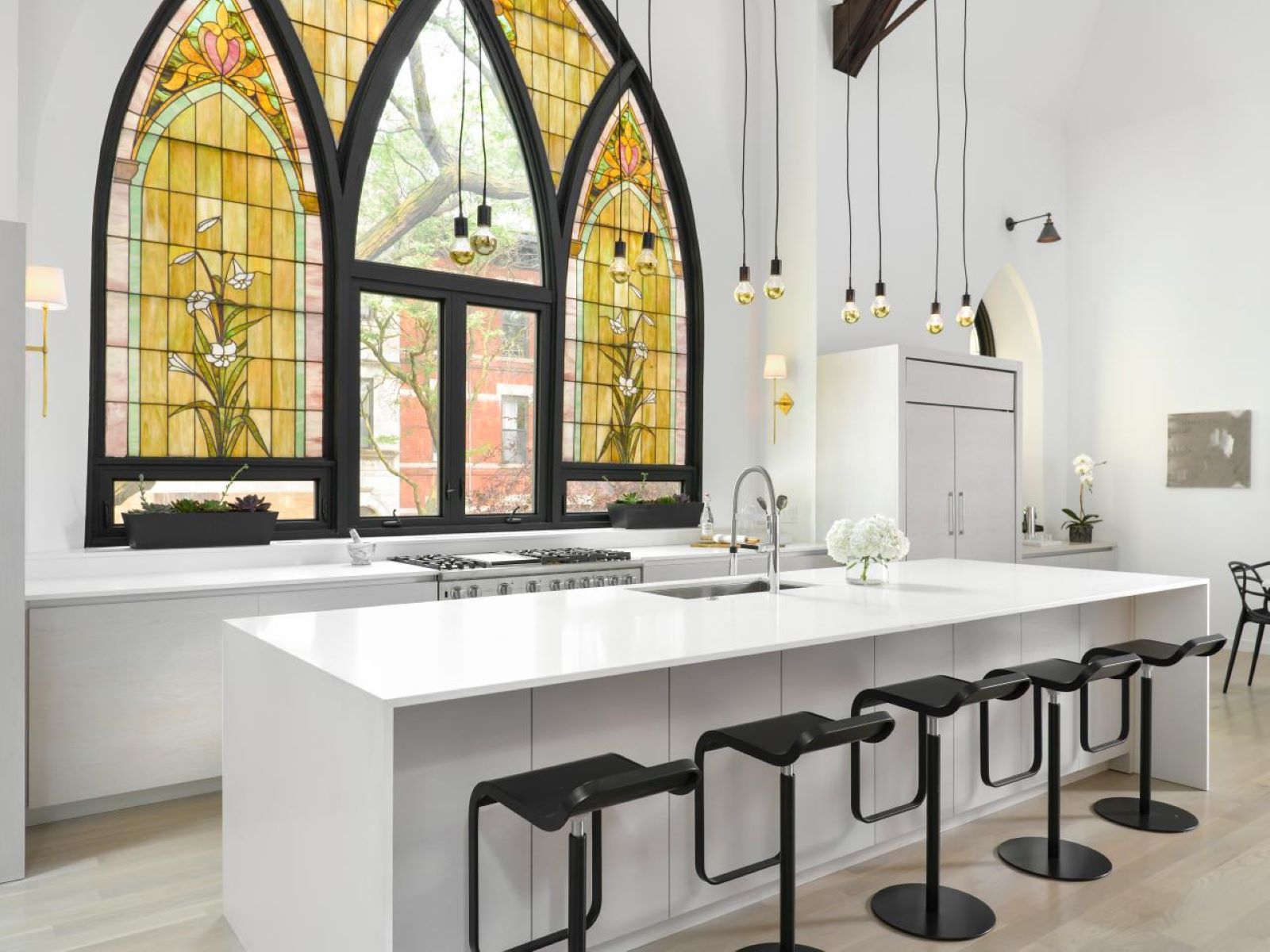
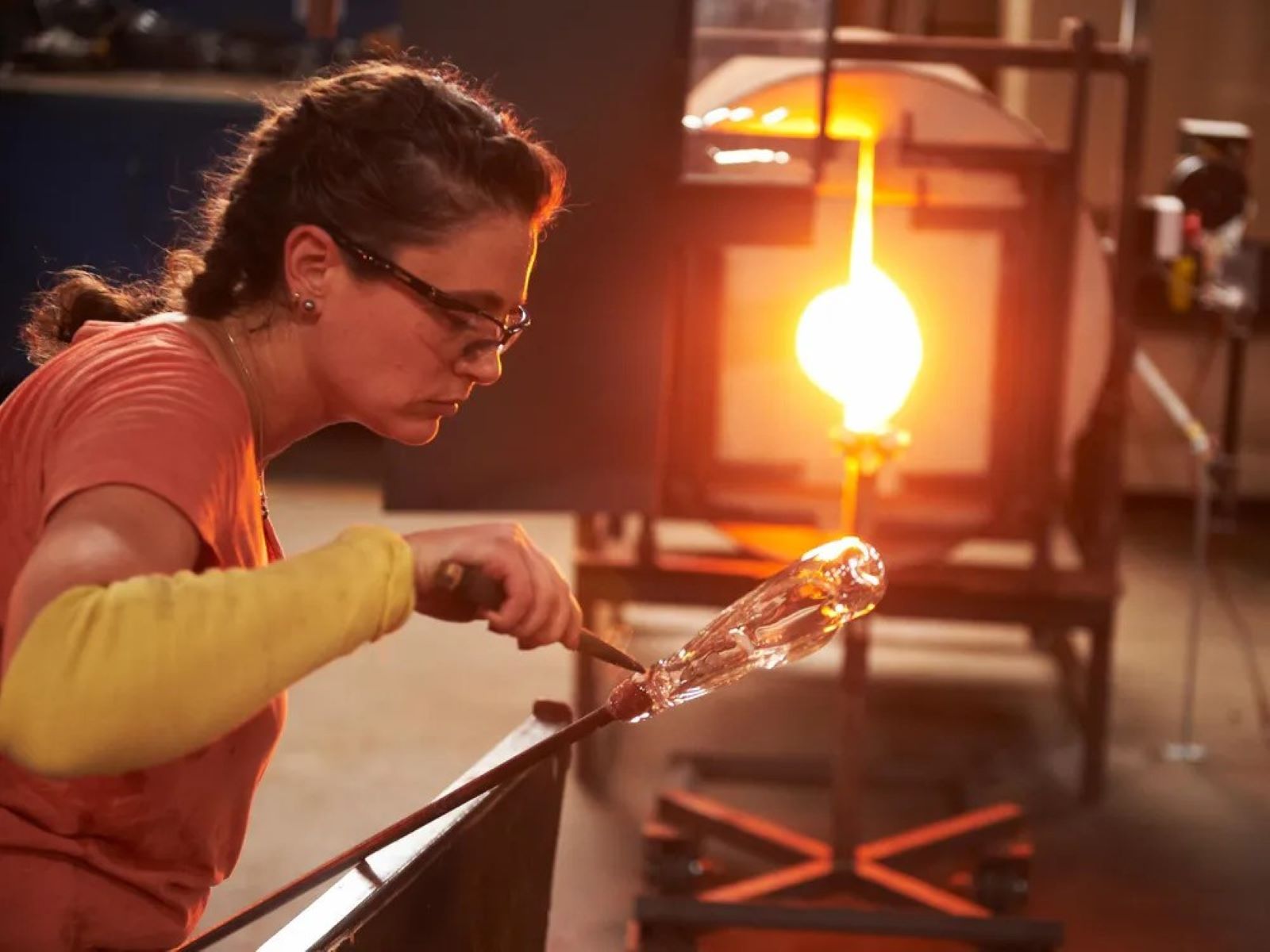
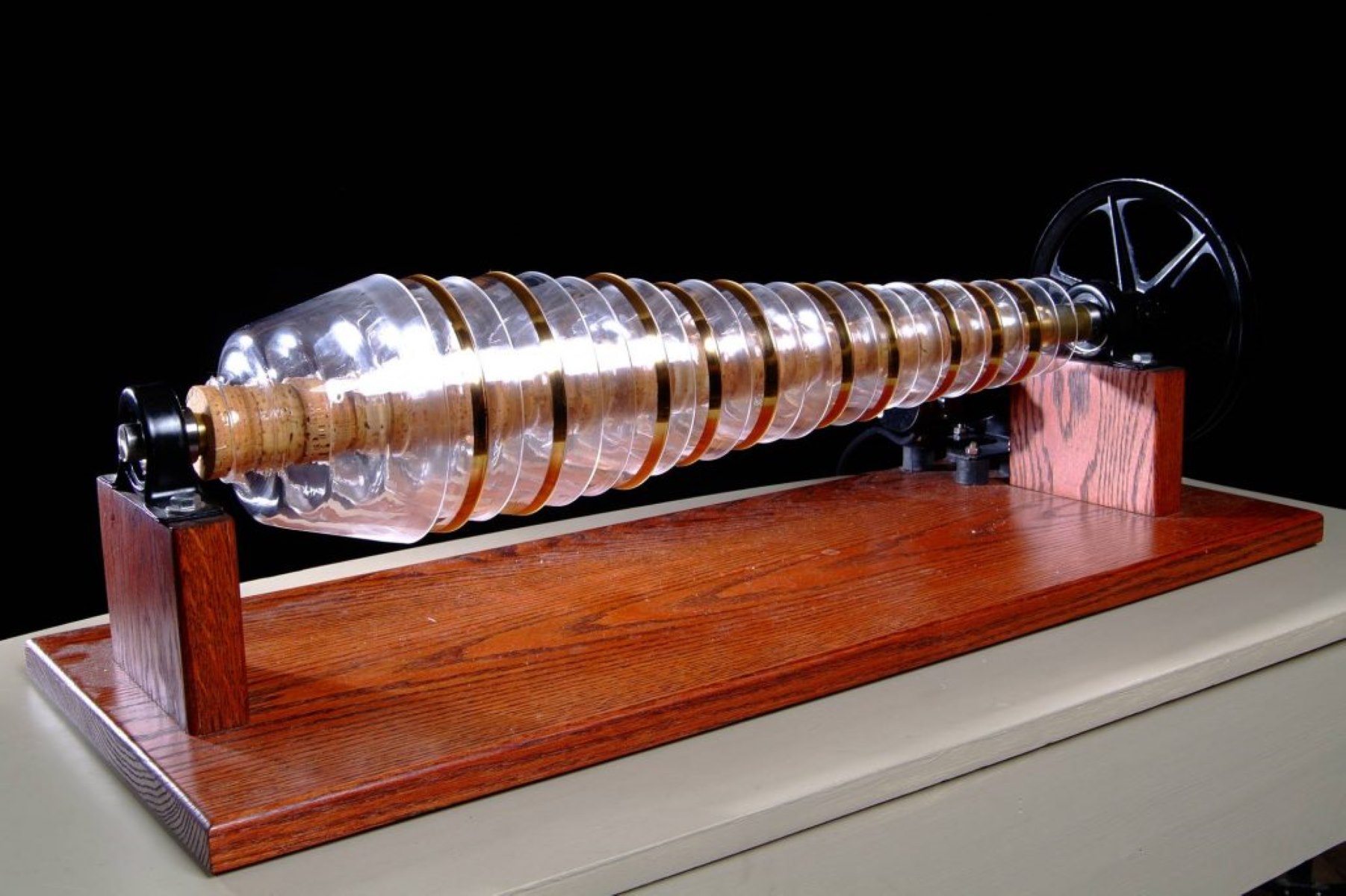
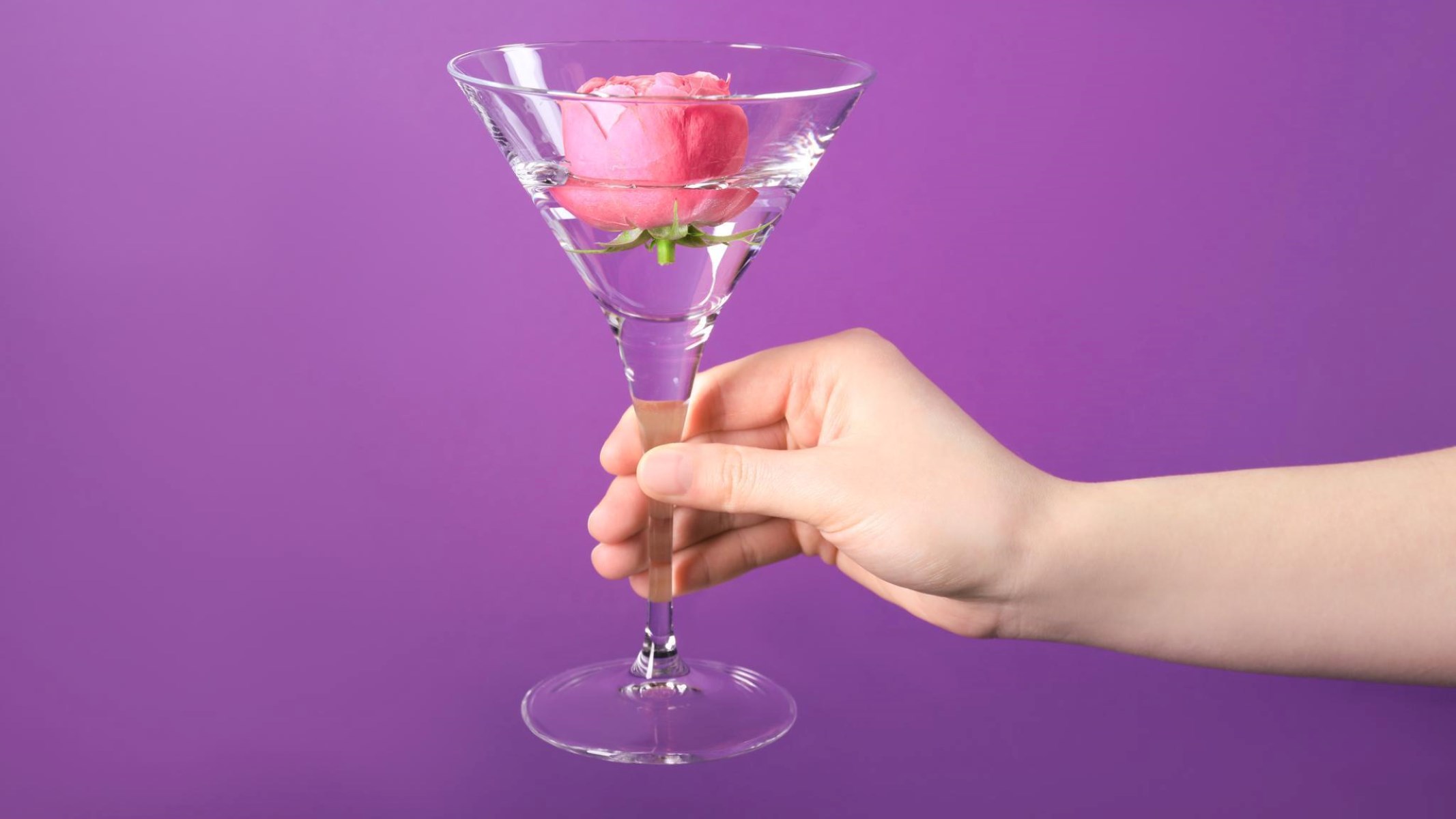
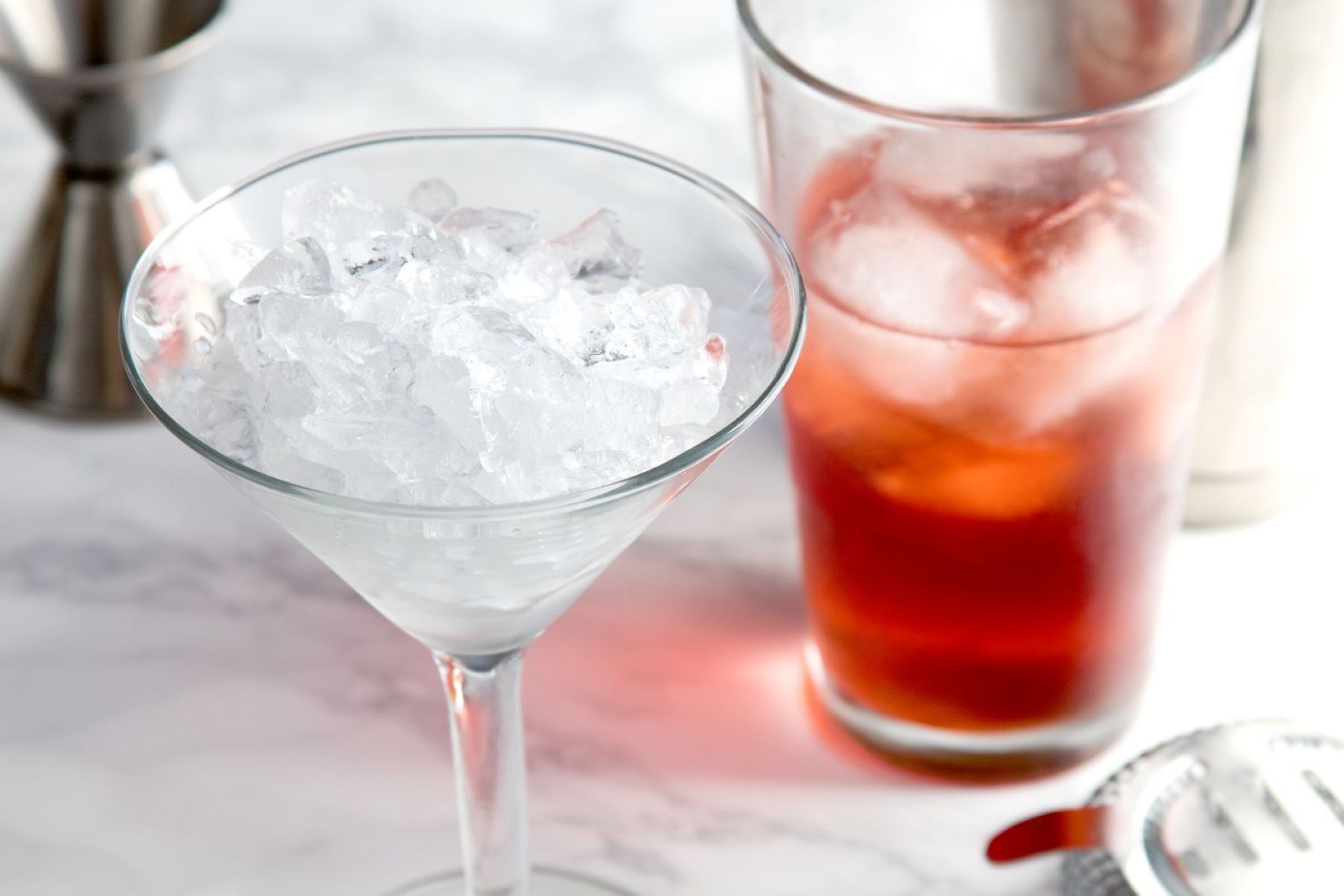
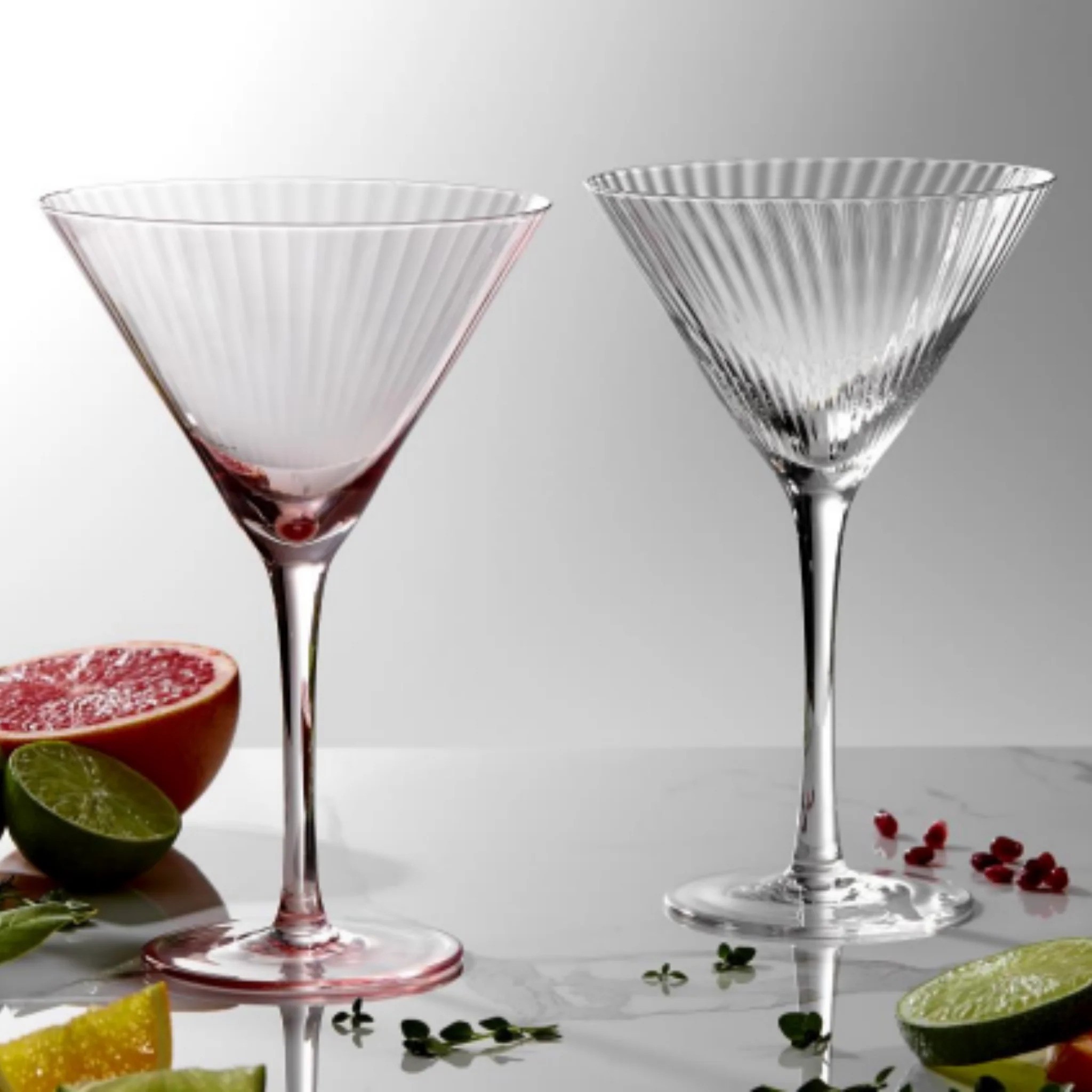


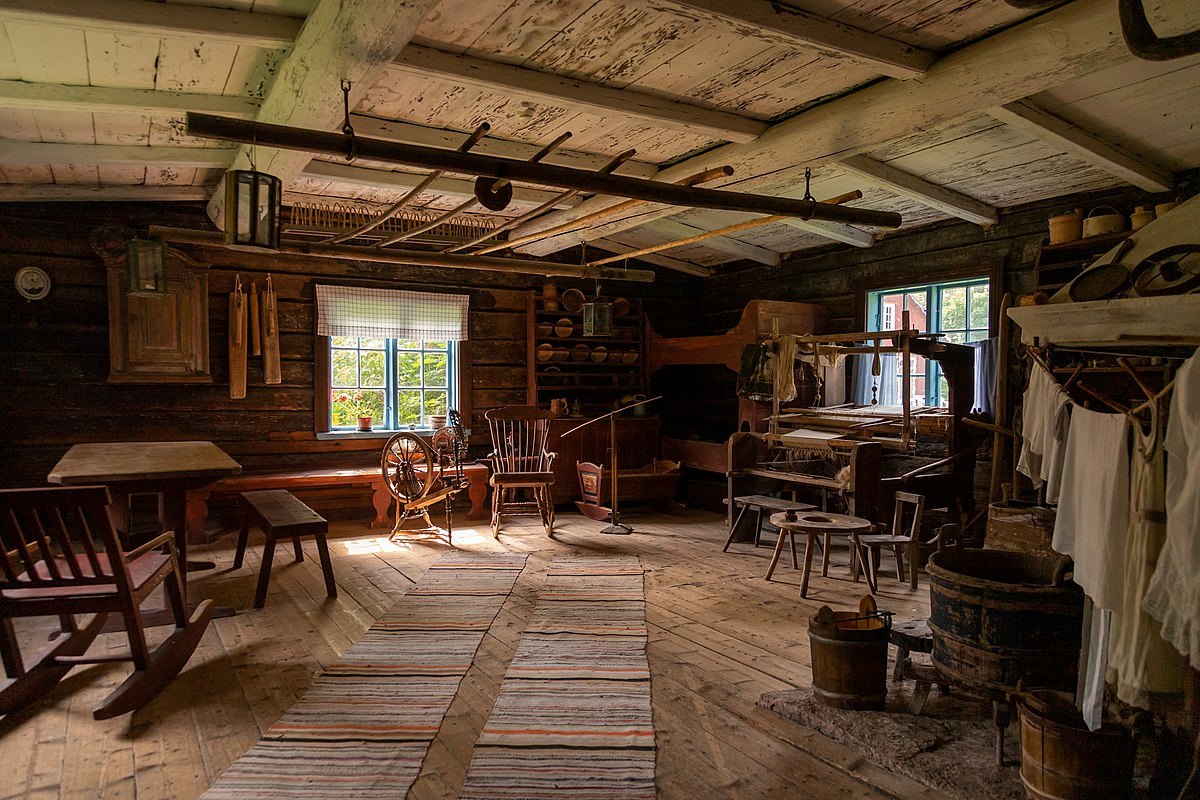
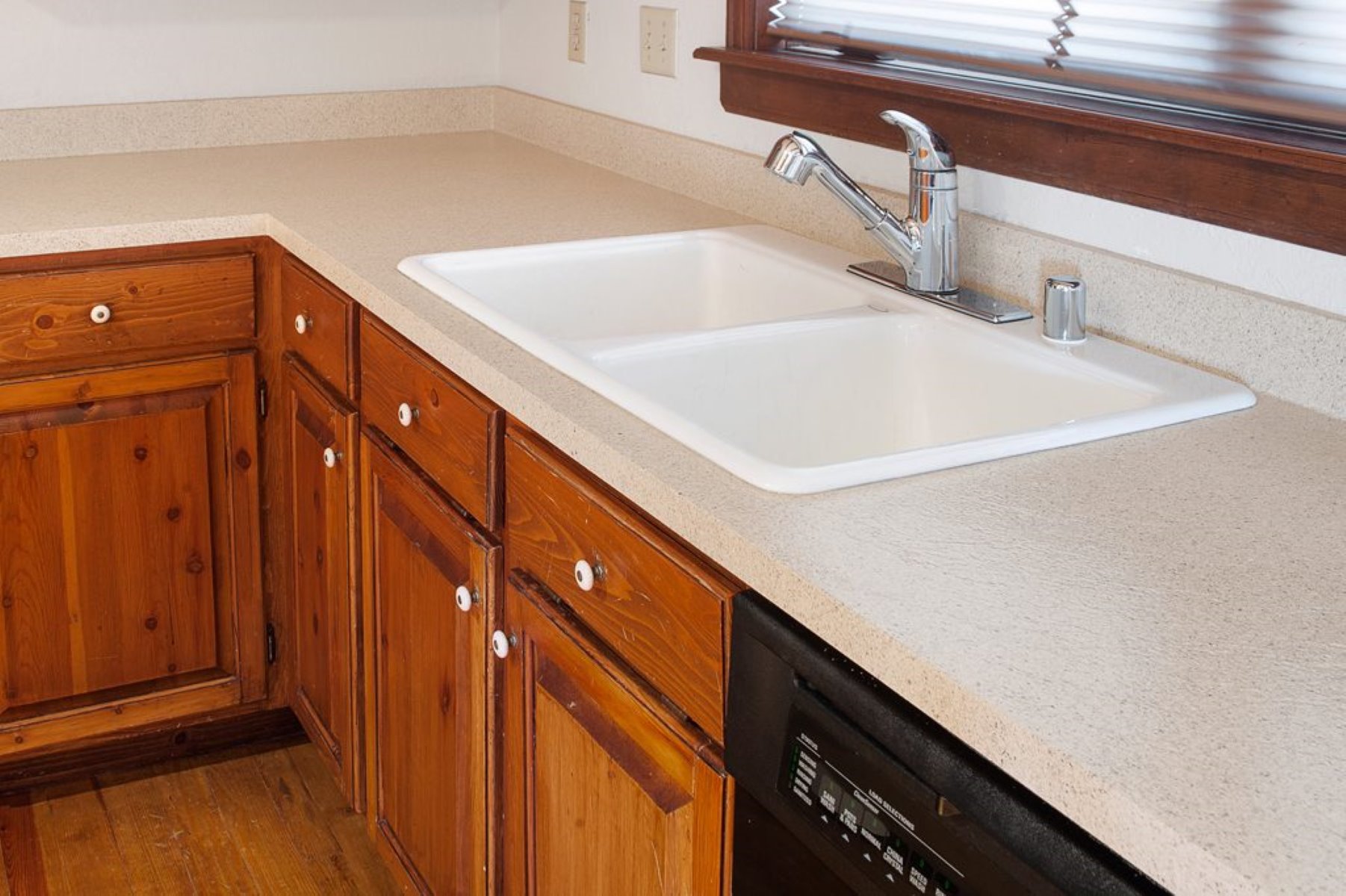
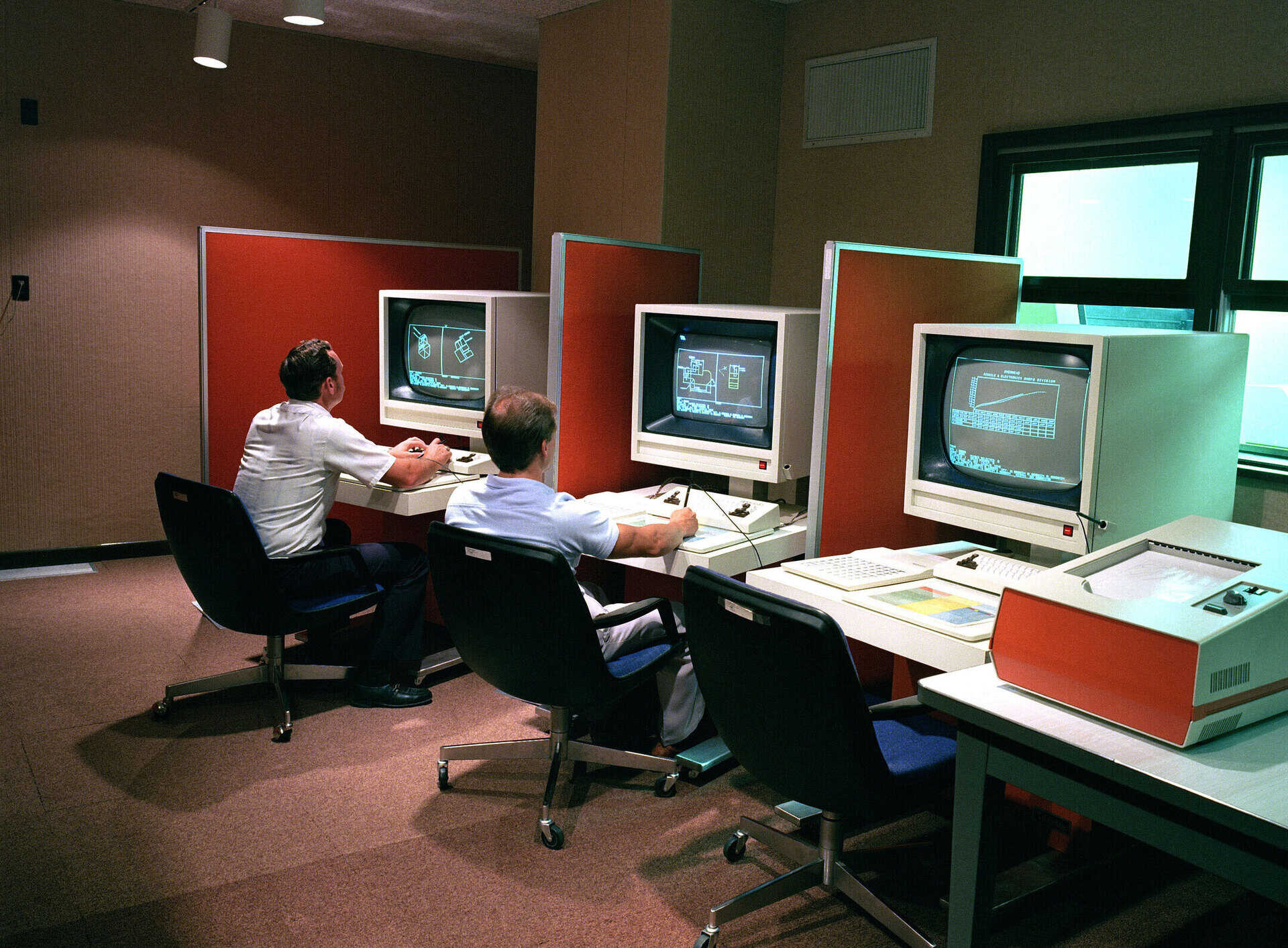

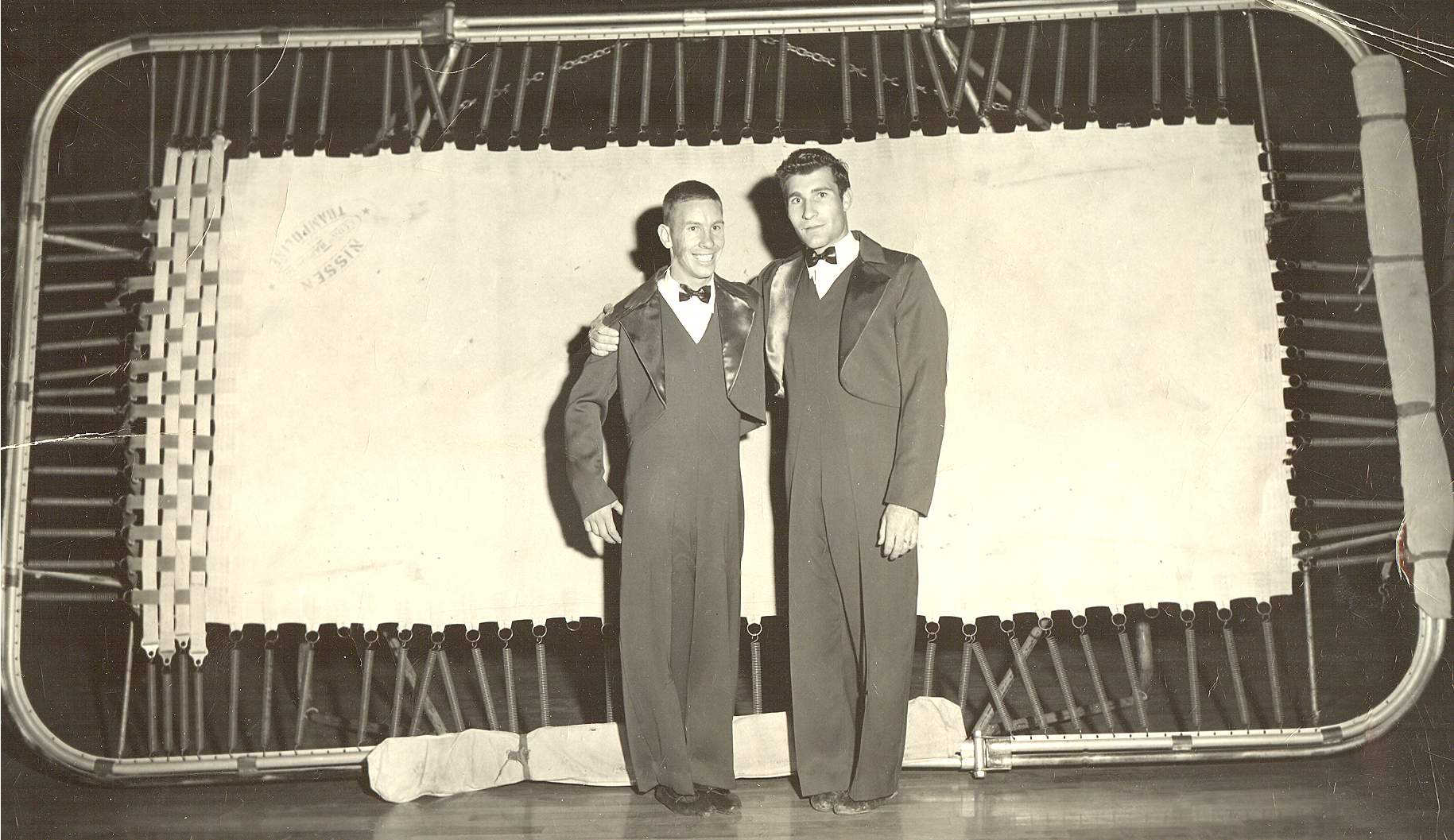
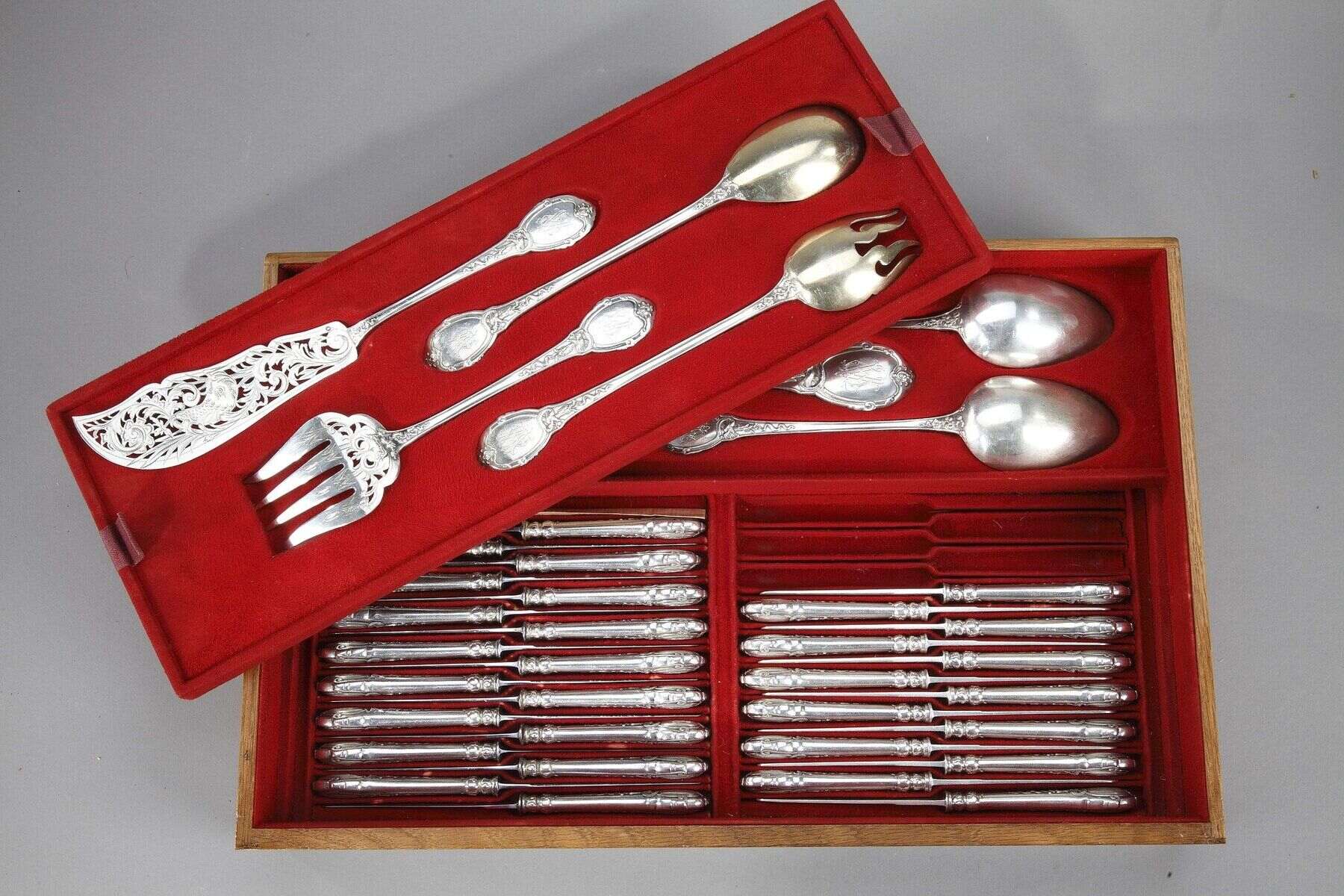


0 thoughts on “Who Invented The Martini Glass”